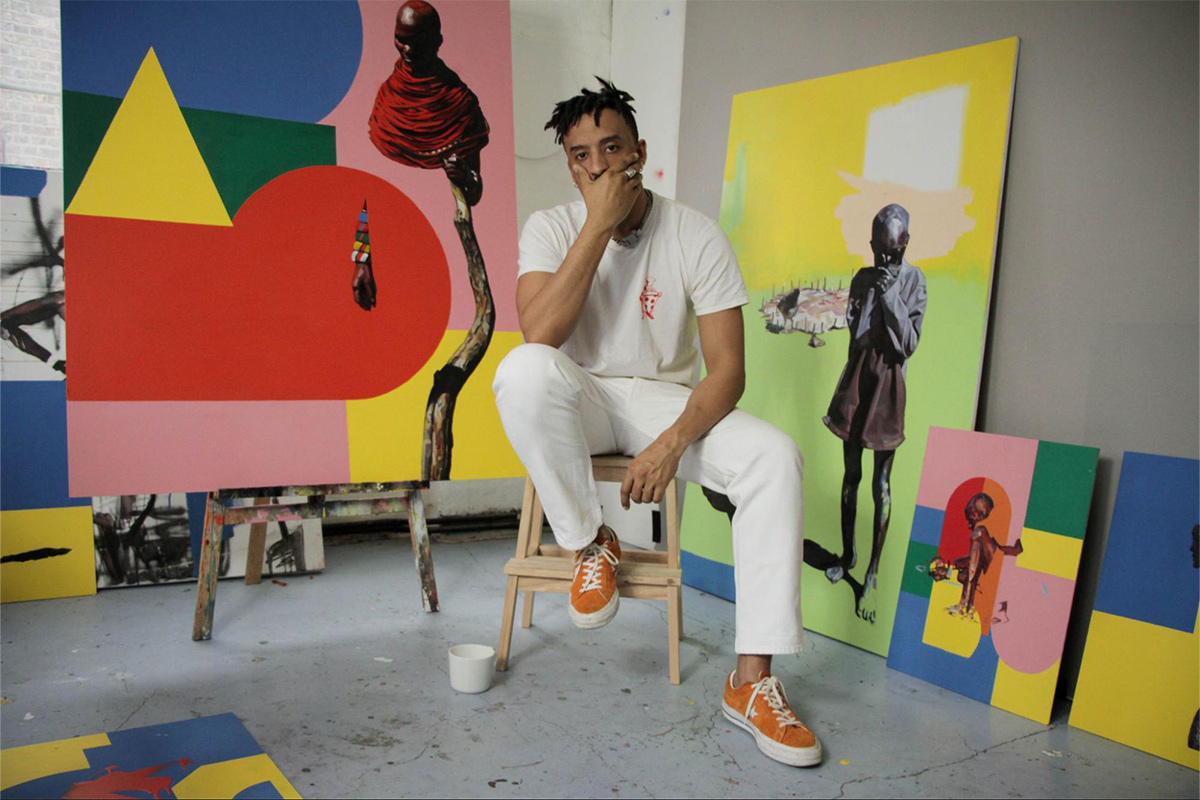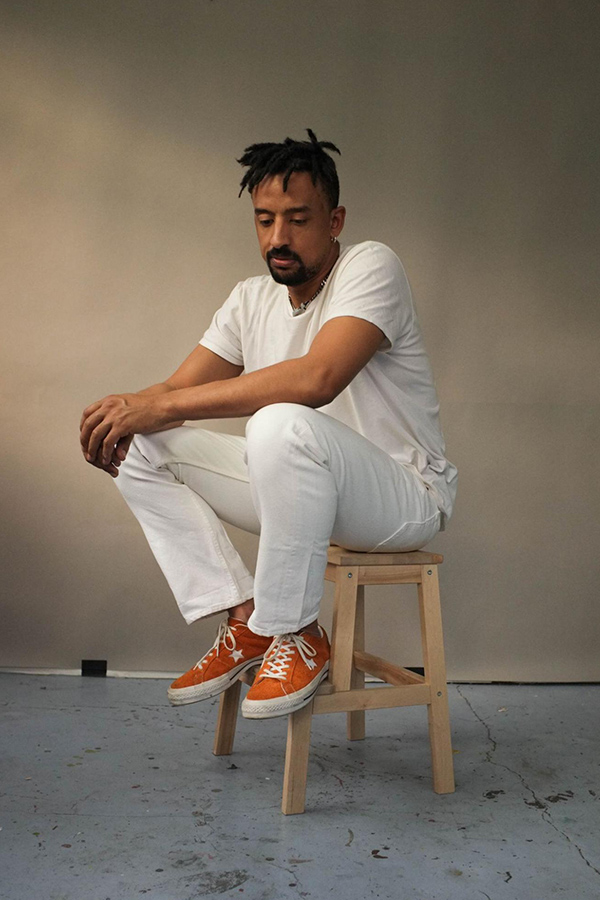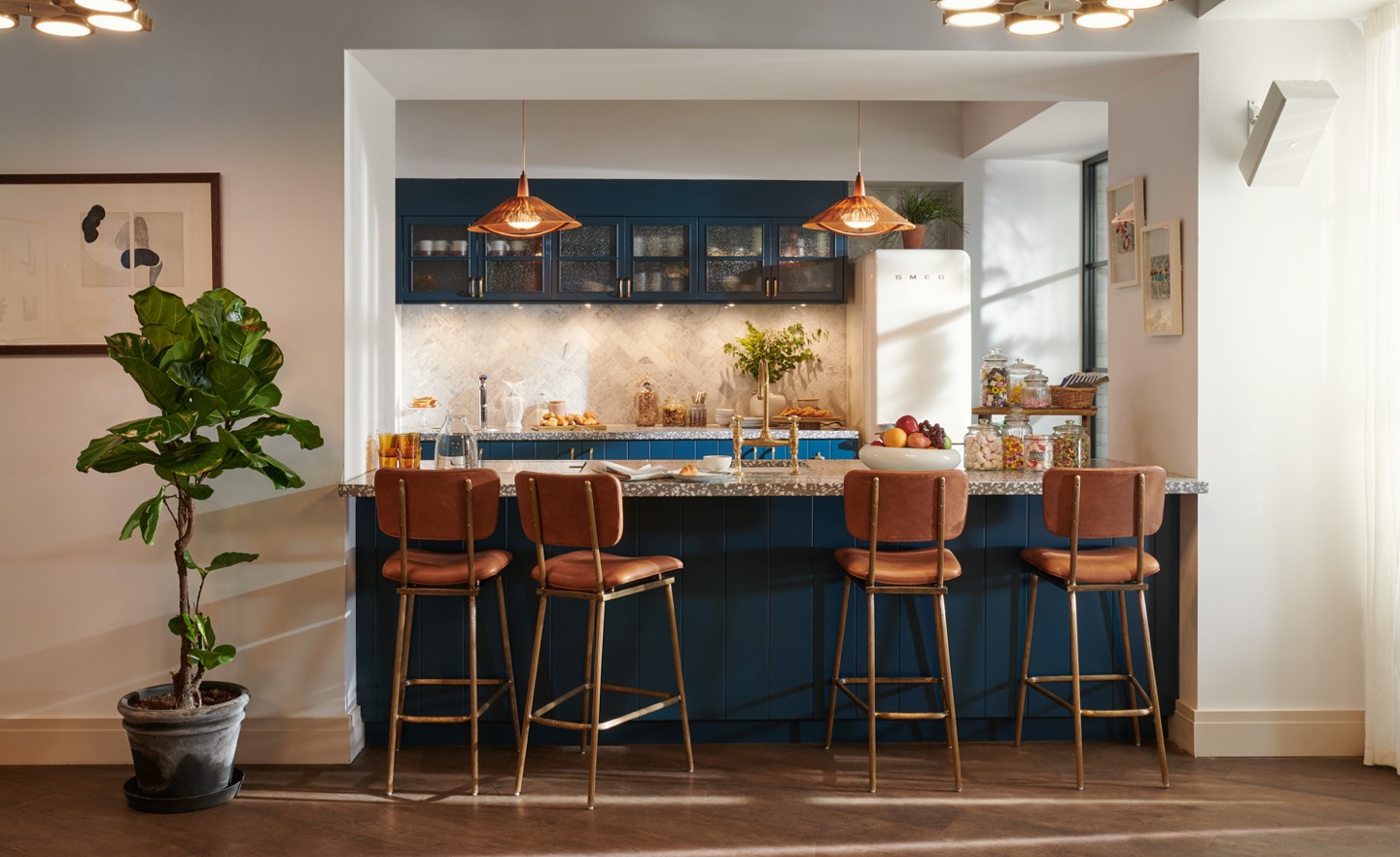Meet the Artist: Aaron Bevan-Bailey

“I see my work as a fusion of street photography and portraiture. I enjoy the ambiguity of the implied narrative we attach to people we see in the street.”
Born in Peckham, of Jamaican and Scottish heritage, artist Aaron Bevan-Bailey spent his early years living on Brixton’s Tulse Hill estate before moving to a remote village on the west coast of Scotland with his mother. His father remained in London and the contrast of spending his childhood between the two had a profound effect on his work, having to negotiate ever-changing boundaries of race, environment, identity and anonymity. Aaron’s work seeks to explore the fractured connection we experience in modern society.
As a self-taught painter, illustrator, photographer and video artist, Aaron brings a distinctively graphic style and confident vision to all of his work: “I see my work as a fusion of street photography and portraiture. I enjoy the ambiguity of the implied narrative we attach to people we see in the street.” Commercial clients have included Vogue, Saachi & Saachi and Mercedes, and he recently exhibited at The Other Art Fair and multidisciplinary exhibition ‘Between Spaces’ featuring painting, photography and video installation.
For Aaron’s latest project he travelled to remote northern Kenya to live with and create portraits of the indigenous nomadic tribesman of the Samburu Masai. “Growing up as a third generation Jamaican immigrant in the UK I felt I was forced to forget my source in Africa”, he says. “As I watched the Samburu warriors dig in what looked like a completely baron river bed to reveal the water below, it struck me that you can forget your source but the source does not forget you.”
Where do you go to switch off, disconnect or find creativity when you’re feeling stuck in a rut?
I like to go to the west coast of Scotland. There’s something elemental about the landscape up there. When you stand on the side of a mountain the scale helps put things back in perspective. When I’m in London, the bus helps me when I feel stuck, I sit on the top deck and watch the city go by. It’s a moving, liminal space that allows daydreams and new ideas to form for me.
Which book/film/album changed the way you think?
Of Water And The Spirit by Maliodoma Patrice Somé. Malidoma was born in Burkina Faso in 1956 and at the age of four he was forcefully taken from his family to be educated at a French Jesuit boarding school. At 20, he escaped from the school and was reunited with his family. It’s an incredible book detailing the lost magic and wisdom of our ancestral African heritage due to the ramifications of colonialism. Malidoma Somé is a beautiful storyteller and healing writer. He now lectures on his experiences.
What’s inspiring you right now?
I travelled to Kipsing in remote northern Kenya to stay with and create portraits of the indigenous nomadic tribesmen of the Samburu Masai. Through familiar themes of spiritual connection this project explores the genesis of my black ancestry beyond the legacy slavery to further understand the essence of the human spirit. This new work seeks to challenge popular misconceptions of African culture and explore themes of ceremony, community and man’s relationship to nature.
Have you travelled recently? What did you see and how has it impacted or influenced your work?
I was in Mexico recently and there’s something about the aesthetic there that’s baked into everything and is so colourful and inspiring. I like going to places that feel like you couldn’t be anywhere else. The cultural identity is still so strong someone could take you there blindfolded and you would be able to immediately tell where you are when the blindfold was removed.
Where’s your studio? And why did you choose this neighbourhood?
My main studio is in Stoke Newington. It’s so vibrant and multicultural sometimes I just walk around the block and find the subject of my next painting. I’ve been working in a studio in Somerset recently, too, which is the complete opposite. The silence and nature encourage you to become more internal.

Get in Touch
Fill out the below and we’ll get back to you ASAP!
Looking to book a group stay?
Share details about the group and we’ll be in touch ASAP!


